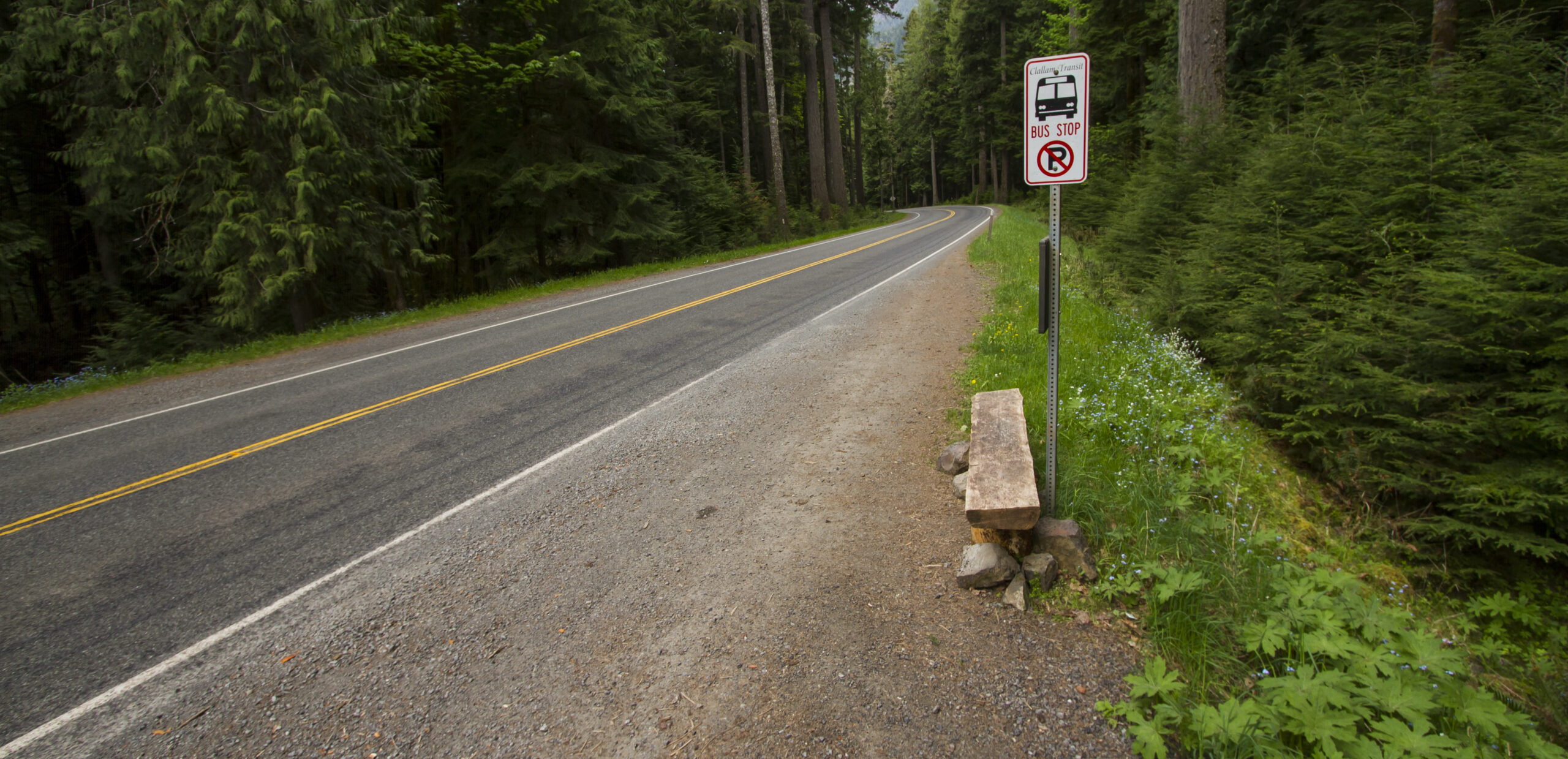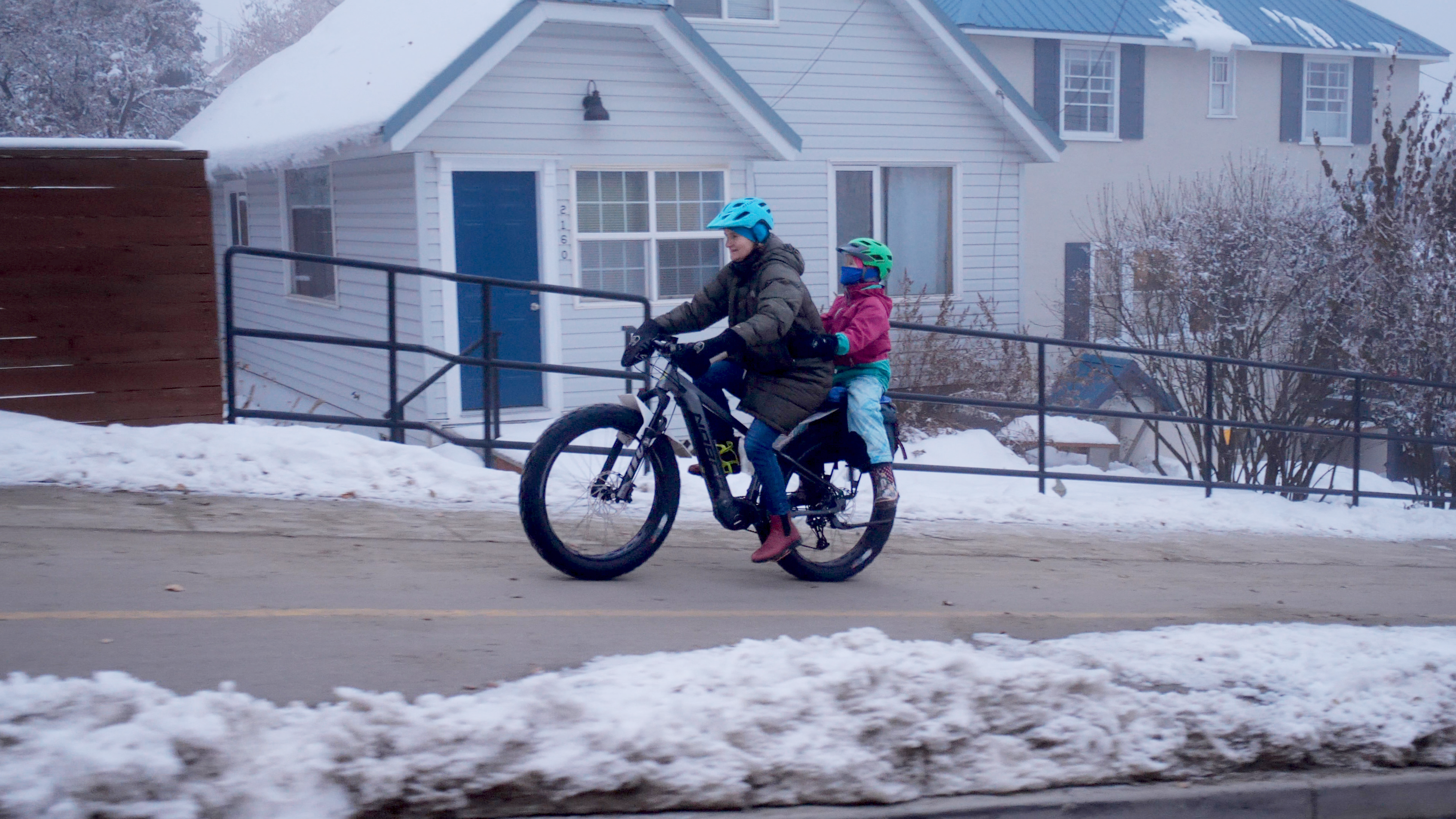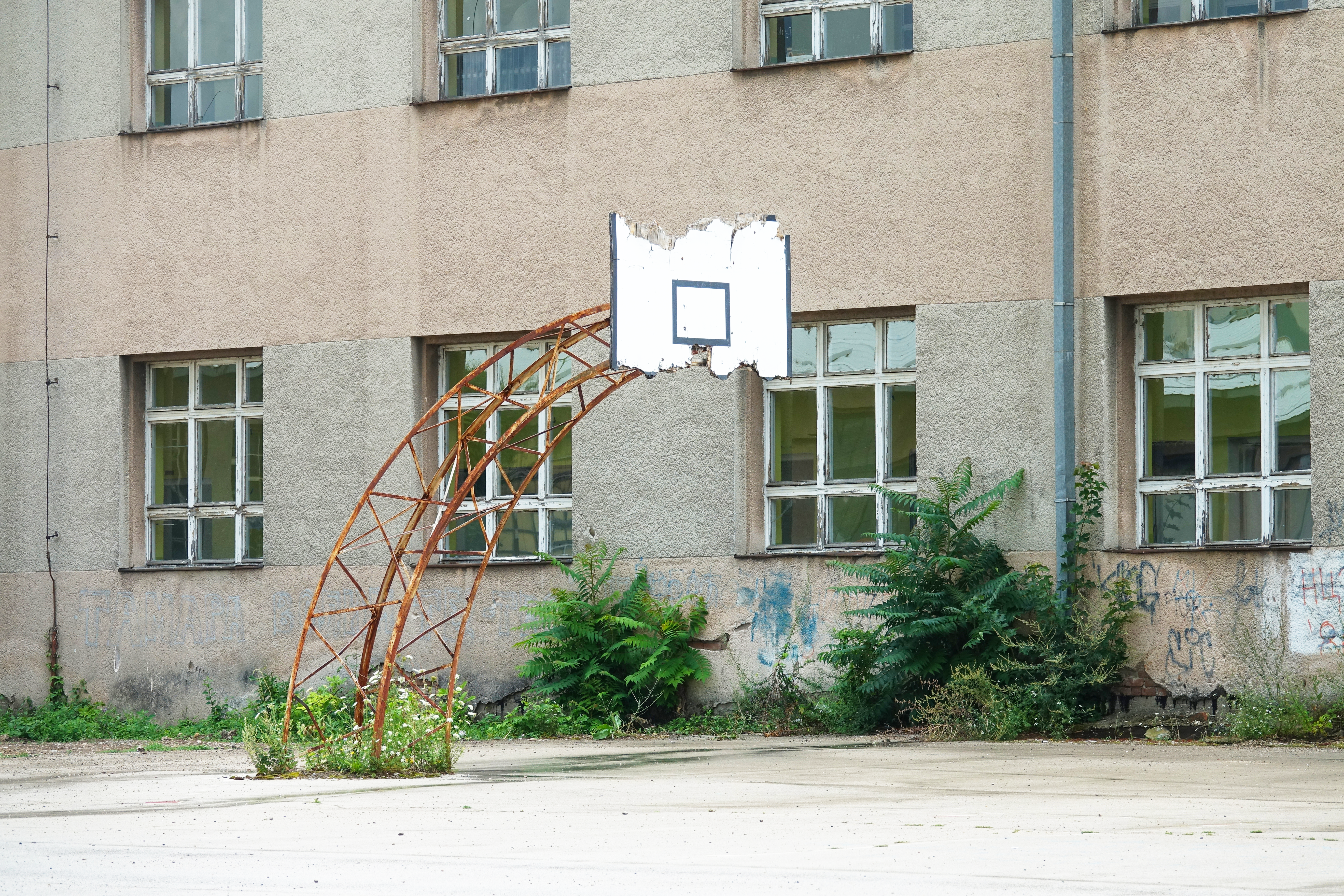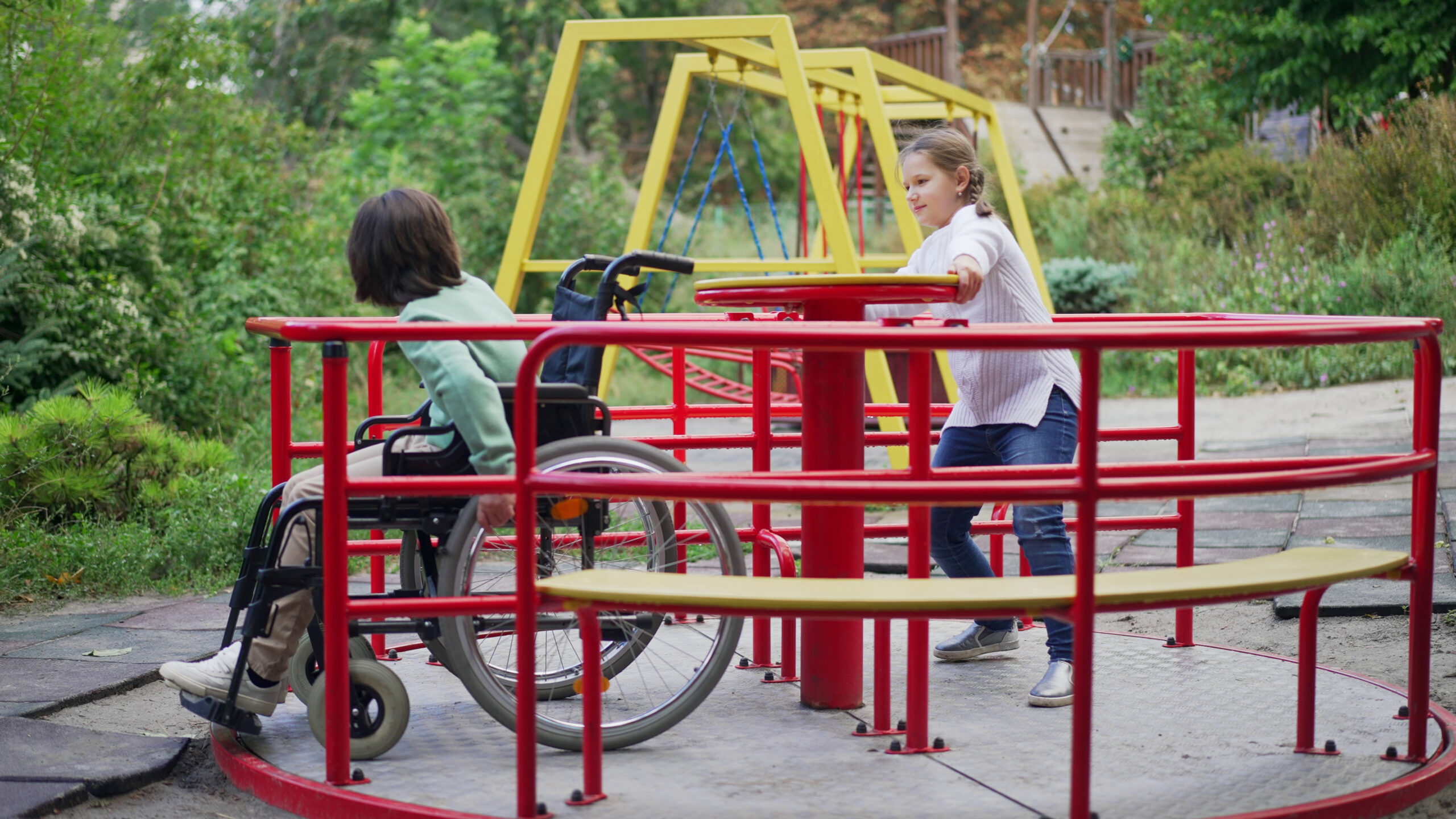The content below is part of the Families Getting Active Report, which reflects the voices of equity-deserving families across BC who especially benefit from targeted, community-informed supports for participating in physical activity. Learn more about this project here.
Youth in rural and remote locations said that they would like to be active and connect with their community through physical activity. The major challenge is finding safe, accessible, inclusive and affordable programs and places to move. Their recommendations highlight how to address intersecting challenges such as missing infrastructure, lack of programming and equipment, and costs.
Rural youth and families said outdoor recreation spaces and infrastructure like sidewalks and bike lanes encourage them to be active. Rural youth and families impacted by low-income said they would like to see free or low-cost equipment, gear, and gym spaces. This would enable more youth to participate in physical activity, regardless of income or geography.
The recommendations below came out of conversations with rural and remote families and youth. They can be used to design more inclusive physical activity offerings.

Recommendations:
Recommendation: Centre equity and community priorities in recreation policy and planning.
Families from rural and remote communities recommended developing rural-focused physical activity strategies that address geographic barriers, cost burdens, and limited options.
“A lot of exercise can be a mode of transportation. Bike lanes in particular! Where I live, we didn’t have many, but now we have some more. But it was so bad! It wasn’t safe. Also, sidewalks without a proper curb can make people feel unsafe, causing people to not want to walk.” (Rural/remote youth)
Recommendation: Implement proactive monitoring of behaviour and social dynamics.
Equip recreation leaders with tools and authority to address bullying and exclusion in real-time.
“Getting rid of the discrimination [is what we need]. Make [physical activity and recreation] a safe place. Policing those areas for people who make fun of people.” (Rural/remote youth)
Recommendation: Integrate mental health and mindset education into physical activity.
Teach youth that physical activity is for joy, well-being, and self-care — not just performance.
Recommendation: Create more sensory-friendly spaces and activities.
Youth in rural and remote communities recommended adapting lighting, noise levels, and group size to accommodate sensory needs.
Recommendation: Offer a variety of physical activity options that reflect community strengths and interests.
Youth from rural and remote communities want to participate in more diverse offerings such as yoga, hiking, self-defence, dance, nature-based activities, and non-competitive recreation.
Recommendation: Facilitate community-building and knowledge sharing through inclusive activity programs.
Physical programming should have more emphasis on collaboration, peer support, and shared growth in physical activity environments.
Recommendation: Provide free or accessible equipment to reduce cost barriers.
Youth from rural and remote communities recommended equipment libraries, swap programs, or gym spaces that provide gear at no cost. Ensuring youth have access to what they need eliminates a key barrier to participation. Youth also recommended programs include “try-it” nights, youth passes, and equipment rentals at no charge.



